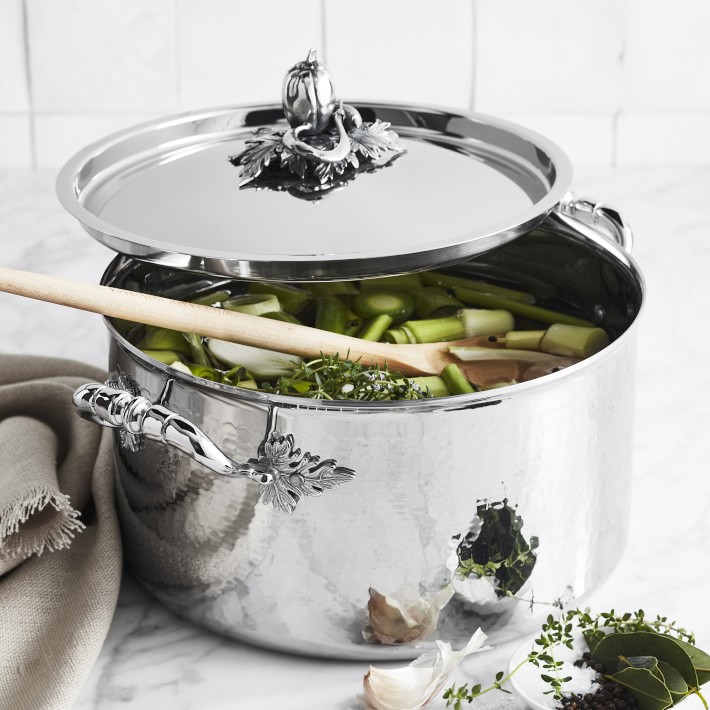Choose the best stock pots
When it comes to cooking large quantities of food whether for a big family gathering or a restaurant a stock pot is an essential piece of cookware. Stock pots come in a variety of sizes and materials so choosing the right one can be daunting. This article aims to guide you through the process of selecting the best stock pot for your needs.

Size Matters
The first consideration when choosing a stock pot is its size. Stock pots are generally available in sizes ranging from6 quarts to20 quarts with some larger models available for commercial use. The size of the pot you choose depends on the amount of food you want to cook.
If you only plan on cooking for a small family a6-8 quart pot should suffice. For larger gatherings you may want to consider a12-16 quart pot. For commercial use or cooking for very large groups a pot in the20-quart range may be necessary.
Material Matters
The material of the stock pot is another important consideration. The most common materials are stainless steel aluminum and copper. Each has its advantages and disadvantages.
Stainless steel is the most popular material for stock pots. It is durable lightweight and easy to clean. Stainless steel is also non-reactive which means that it won’t react with acidic or alkaline foods making it a good choice for cooking stocks and broths.
Aluminum is another popular material for stock pots. It is a good conductor of heat which means that it heats up quickly and evenly. Aluminum is also lightweight and easy to clean. However aluminum is reactive and can react with acidic foods which can affect the taste of the food.
Copper is the most expensive material for stock pots. It is an excellent conductor of heat which means that it heats up quickly and evenly. Copper is also very attractive and can add a touch of elegance to any kitchen. However copper is reactive and can react with acidic foods which can affect the taste of the food.
Construction Matters
The construction of the stock pot is another important consideration. The pot should be sturdy and well-built with a thick bottom and sides. The lid should fit tightly and have a good seal to keep in heat and moisture.
The handles should be securely attached and made of a heat-resistant material such as stainless steel or silicone. The handle should also be large enough to provide a good grip even when wearing oven mitts.
Some stock pots come with a strainer basket which is useful for straining out solids from stocks and broths. A steamer basket can also be useful for steaming vegetables and seafood.
Maintenance Matters
The maintenance of the stock pot is also an important consideration. Stainless steel and aluminum stock pots are easy to clean but copper requires more maintenance. Copper pots need to be polished regularly to maintain their shine.
It is also important to follow the manufacturer’s instructions for cleaning and care. Some stock pots are dishwasher safe while others need to be hand-washed. Using abrasive cleaners or metal utensils can damage the pot and affect its performance.
Price Matters
The price of the stock pot is another important consideration. Prices can range from under $50 for a basic stainless steel pot to over $300 for a high-end copper pot.
While a high-end pot may seem like a good investment it may not be necessary for your needs. A basic stainless steel or aluminum pot can do the job just as well and for a fraction of the cost.
Final Thoughts
Choosing the right stock pot can make a big difference in the quality of your cooking. Consider the size material construction maintenance and price when making your decision. With careful consideration you can find the perfect stock pot for your needs and enjoy delicious meals for years to come.